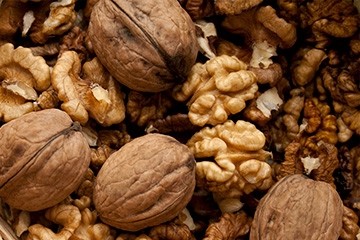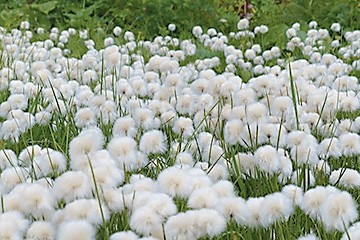Blue poppy seeds
Seed library
Native to the Himalayan mountains and a close cousin of the poppy, the blue poppy has many qualities that have long been used in traditional Tibetan medicine. Known for its narcotic and analgesic properties, it is also used to extract formidable drugs.
story About...
From the Latin name «Papaver Somniferum» (family of the papaveraceae, same family as the poppy)
Alternative names: Papayer Amplexicaule, Papaver Opiiferum, Oeillette, Pavot noir, Mohnöl (Germ), Maw seeds, Poppy oil (Eng.)
Origin: Temperate areas
Production area: Europe, Asia, North America, Australia, South Africa
Description: seed
Oil content: in Avg.38 to 44%
Colour: yellow to red brown
Uses of oils and CAKEs
Food, Paints, varnishes, soap
Poppy oil is also known as blue or black poppy oil.
Two quality of poppy oil exists :
- Cold pressed: light yellow oil with almond and hazelnut smell. The oil extracted in cold pressing is used in the diet, much appreciated for its nutty taste. Poppy oil rich in linoleic and oleic acid can also be used in cosmetology for hair care and skin care thanks to its nourishing and healing properties.
- Oil extracted by second hot pressure, commonly known as poppy oil. This so-called «white» oil is used in paint or varnish because of its drying properties and is used to dissolve light colors whose shine it increases.
Extraction characteristics
- Cold pressure: whole seed pressing
- Ambient temperature: Min 20°C
- Product temperature before pressure: Min 20°C
- Humidity of the product: approx.7%
- Oil content in cakes: approx. 11%
- Second hot pressure: pressing of cakes from cold pressure
- Ambient temperature: Min 20°C
- Product temperature before pressure: Min 90°C
- Product humidity: approx.7%
For more information or if you need a solution for the extraction of blue poppy, please contact us.


